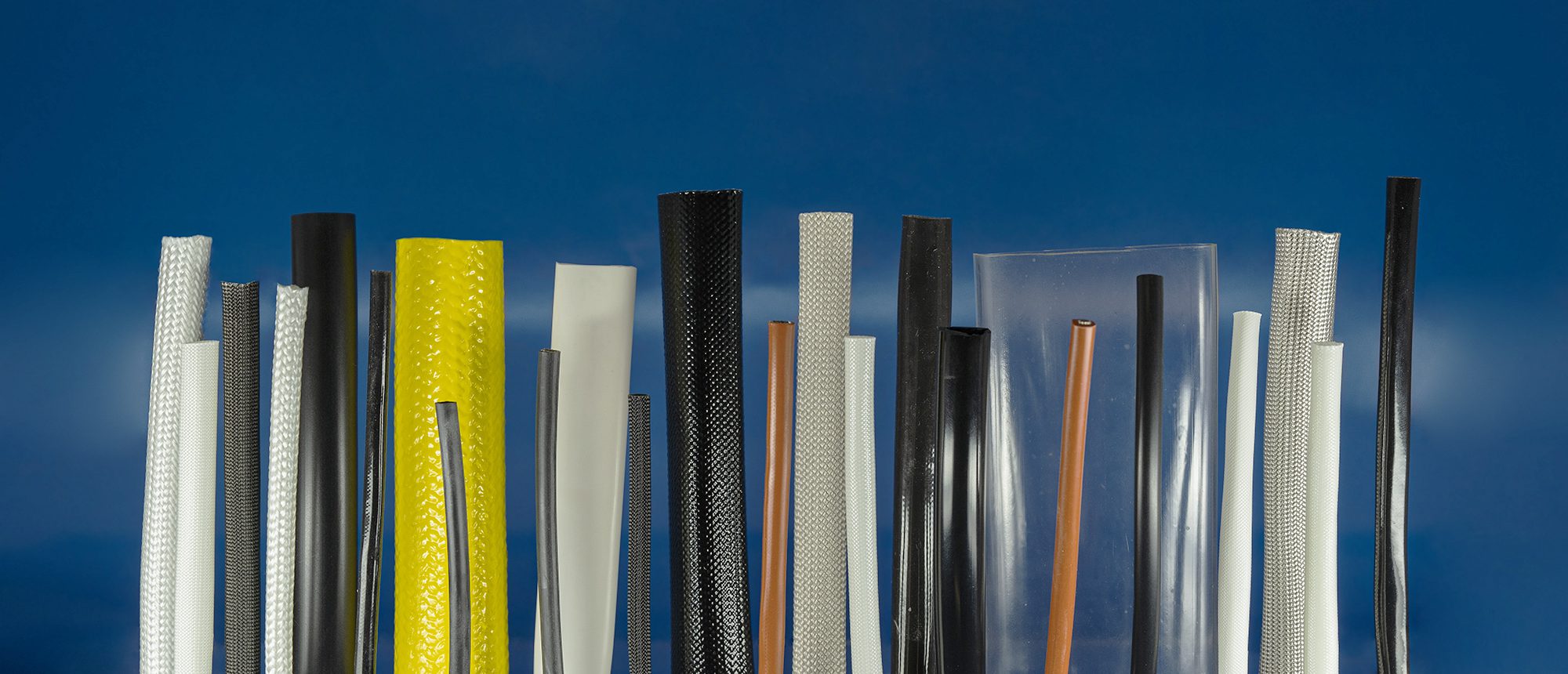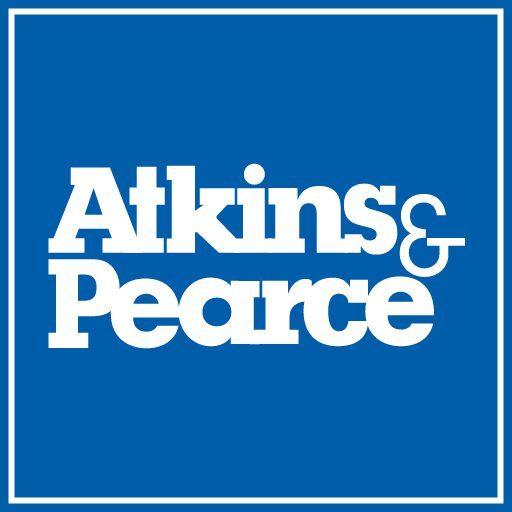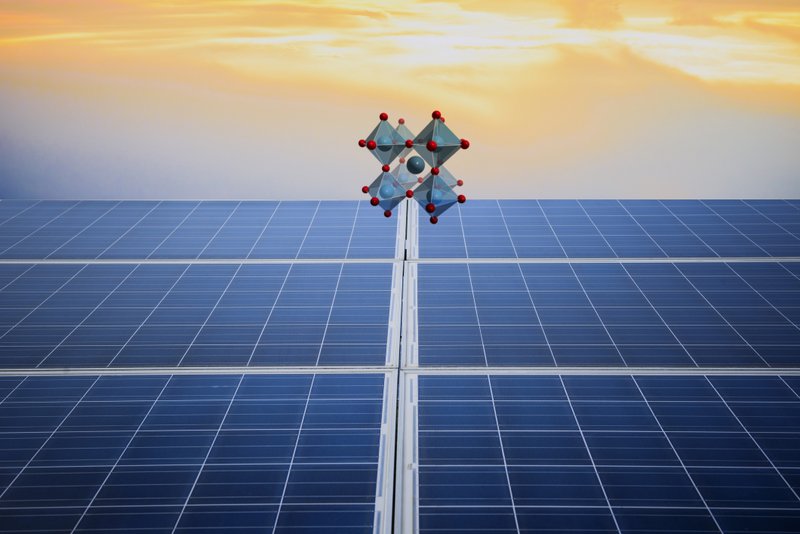5 Wire Management Mistakes That Can Derail a Solar Project’s Lifespan
Expandable braided sleeving is a simple yet powerful tool that highlights why wire management is critical for the success and longevity of solar projects. When left exposed or poorly secured, cables are vulnerable to abrasion, weather damage and overheating, which reduces system efficiency and compromises performance.
Unaddressed issues can lead to costly downtime and premature equipment failure, draining valuable resources and cutting into profitability. By prioritizing strong wire management, solar professionals can ensure reliable operations and deliver systems that perform consistently for decades.

1. Exposing or Poorly Securing Wires
Ultraviolet (UV) exposure, harsh weather and physical damage can quickly weaken cable insulation in a solar array, creating conditions that lead to shorts or fire risks. Design flaws, component defects and faulty installation practices can increase the likelihood of a rooftop solar system catching fire, putting property and safety at risk. The good news is that these dangers are preventable when installers use the right materials and methods.
UV-rated conduit, clips and other outdoor-ready components withstand environmental stress, and securing cables tightly to racking with approved fasteners ensures stability over time. Focusing on durable materials and proper installation can minimize hazards and deliver systems that operate safely and reliably.
2. Overlooking Cable Bend Radius and Strain Relief
Tight bends and insufficient slack in solar wiring may look like small oversights. Yet, they create significant stress on conductors, often resulting in cracked insulation and eventual system failure. These hidden weaknesses reduce efficiency and increase the risk of expensive downtime and repairs, making proper practices essential.
Manufacturers provide clear guidelines for minimum bend radius. Following them ensures cables maintain their integrity under long-term pressure. Adding strain relief at connection points further protects against mechanical stress due to vibration, shifting hardware or changes in temperature. Treating flexibility and support as priorities can deliver durable, efficient and reliable installations.
3. Ignoring Wire Separation and Routing
Bundling direct current (DC) and alternating current (AC) wires together or routing them across sharp edges may seem convenient. However, it increases the risk of interference, overheating and premature wear that can compromise a solar system’s performance. A wise approach is to keep AC and DC wiring separate to minimize electrical noise and protect cables with smooth edges or grommets to prevent abrasion.
Installers can rely on solutions like the Atkins & Pearce MONOFLEX® PET, an expandable braided sleeving that offers greater protection. It provides excellent abrasion resistance and withstands heat up to 125 degrees Celsius (257 degrees Fahrenheit), making it ideal for long-term durability in demanding environments. Planning wire runs strategically reduces clutter and ensures better airflow, which lowers the chances of overheating and improves the system’s safety and efficiency.
4. Using the Wrong Fasteners or Zip Ties
Cheap plastic ties might seem like an easy solution for securing solar wires. Still, they quickly deteriorate under intense sun and heat. These factors leave cables loose, dangling and exposed to damage. This affects performance and increases the risk of accidents, system downtime and costly repairs.
A more reliable option is to use stainless steel or UV-resistant fasteners, which withstand outdoor conditions and maintain stability over time. Just as important, installers should build regular inspections into their maintenance routines to spot ties that are wearing out and replace them before they fail. Investing in durable fasteners and consistent upkeep ensures wire management remains secure and dependable for the long haul.
5. Skipping Regular Wire Inspections and Maintenance
Even the best-installed solar systems will degrade over time if routine checks are neglected, leaving damage and efficiency loss unnoticed until problems become costly. Without proper management, cables are more likely to suffer from environmental exposure, which accelerates insulation degradation and creates serious safety hazards.
To prevent these risks, installers should establish consistent preventive maintenance schedules, including thorough inspections for every service visit. Training teams to recognize early warning signs, such as waver, loose connections or discoloration, helps catch issues before they escalate into failures. Making inspections a proactive part of maintenance can protect performance, extend system lifespan and deliver more reliable energy solutions.
Proper Wire Management Extends the Life of Solar Projects
Small wire management mistakes can drastically shorten a solar project’s lifespan and lead to costly failures. Solar professionals must adopt standards-based practices to ensure systems remain safe. Durable solutions like expandable braided sleeving help installations withstand environmental stress for years.






Comments are closed here.